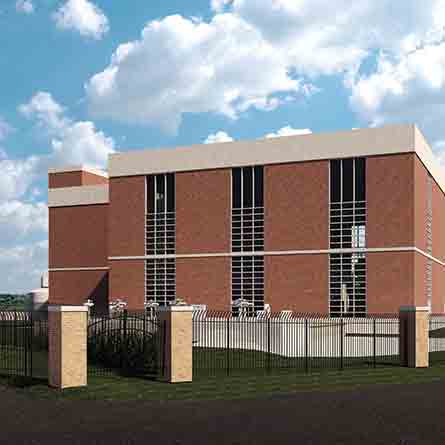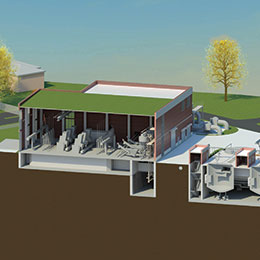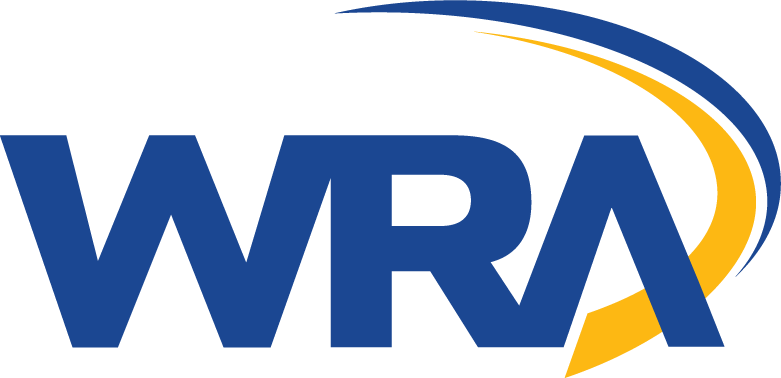Northeast Water Pollution Control Plant Preliminary Treatment Facilities. Philadelphia, Pennsylvania.
WRA was awarded a major contract with the Philadelphia Water Department (PWD) for design services at the Northeast Water Pollution Control Plant (NEWPCP). The primary objective of the project is to reduce combined sewer overflows (CSOs) by increasing wet weather treatment capacity at the NEWPCP. Facilities are being designed to divert up to 300 million gallons per day of wet weather flows from the Frankford High Level Sewer, provide screening and grit removal, and convey the preliminary treated flow to Set 2 Primary Sedimentation Tanks to achieve primary treatment. This project, along with other conveyance infrastructure improvements being constructed at the NEWPCP will allow the PWD to complete a major portion of their Long Term Control Plan objectives.


Services Performed
Project Highlights
CSOs/SSOs
Mechanical design consists of a diversion chamber, flow meters, mechanical bar screens, and a vortex grit removal system. Screenings and grit will be conveyed to a dumpster bay. Odorous air from the facilities will be exhausted to an odor control system.
Architecture
The Preliminary Treatment Building is designed as a reinforced concrete frame, with a brick exterior, that visually uses the iconography of the various basins to define the fenestration. Building design emphasizes Philadelphia’s green buildings and sustainability initiatives, including a vegetated roof.
Structural
Designed for durability, cast-in-place concrete provides the structure for the various concrete vaults, channels and tanks throughout the facility. A structural highlight is the Process Room, a 70-foot by 120-foot column free space framed with long span precast Double-Tee roof system.
Geotechnical
Geotechnical investigations were performed to characterize the subsurface conditions and select the appropriate foundation type.
Instrumentation and Controls
The new facilities will be provided with control devices consisting of a mixture of programmable logic controller based panels and distributed remote input/output panels. All controls will be tied into the central plant control system by connecting into existing fiber network.
